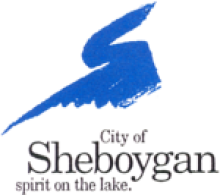Wisconsin Local Governments Collaborate for Schools, City, and County
Sheboygan County, the City of Sheboygan, and the Sheboygan Area School District (SASD) plan to collaborate to deploy a fiber network. According to an article in the Sheboygan Press, all three entities seek cost savings and higher capacity connections.
Approximately, 49,000 people live in the City of Sheboygan; there are 10,000 students attending SASD. Over 115,000 people live in the County located on the western shore of Lake Michigan.
The County, the City, and SASD will split the cost of constructing the ring, approximately $1.4 million. Each entity will then pay for laterals to connect its facilities to the ring. The total to construct the ring and connect each entities' facilities will be approximately $3.58 million.
To build its laterals, SASD will pay $865,000. The District will save approximately $220,000 per year on connectivity fees, paying back the total investment ($1.4 million + $865,000) in about 10 years even without putting any value on the considerable benefit of much high capacity connections. When factoring in the reality that their connectivity fees would undoubtedly increase signficantly under the status quo arrangement and the much higher capacity connections, the payback period will be even shorter than 10 years.
The district is already providing a device for each student and its current connection is struggling to meet the demand. The state has a program, TEACH Wisconsin, which subsidizes the high cost of leasing connections from existing providers but given the high rates often charged by a company like AT&T, it can only go so far.



